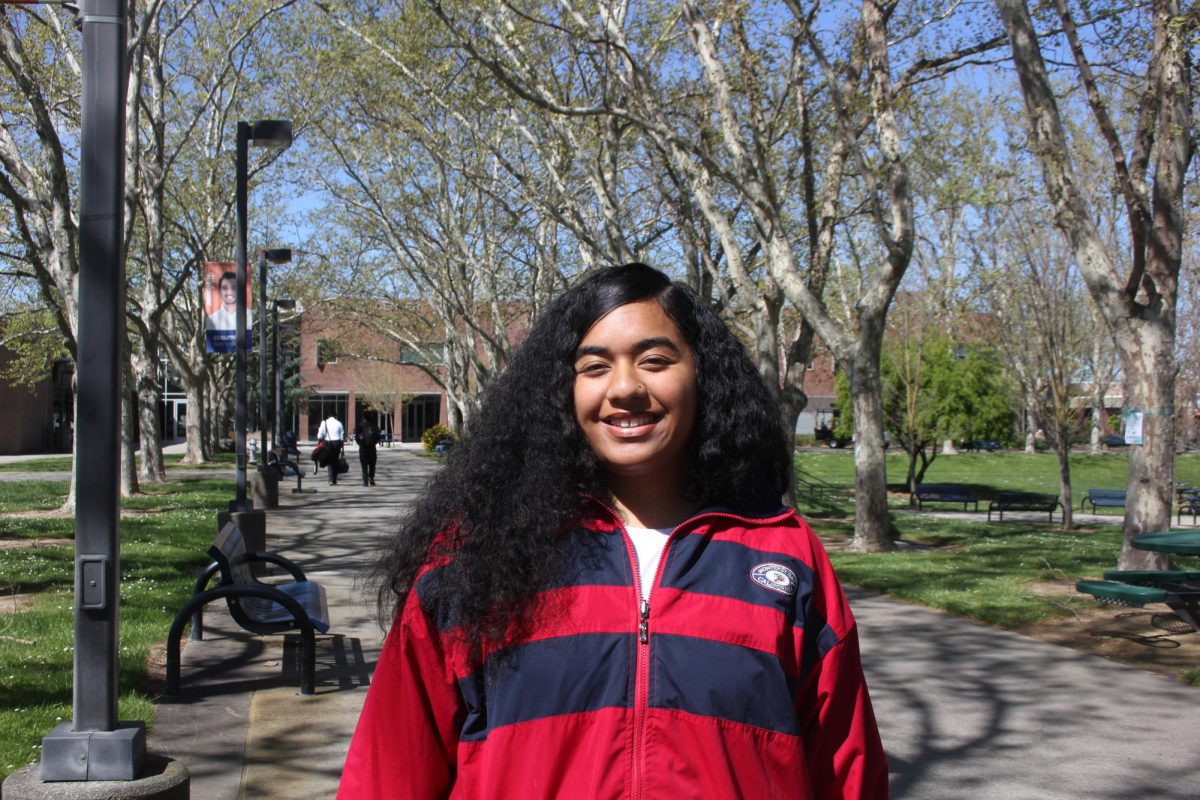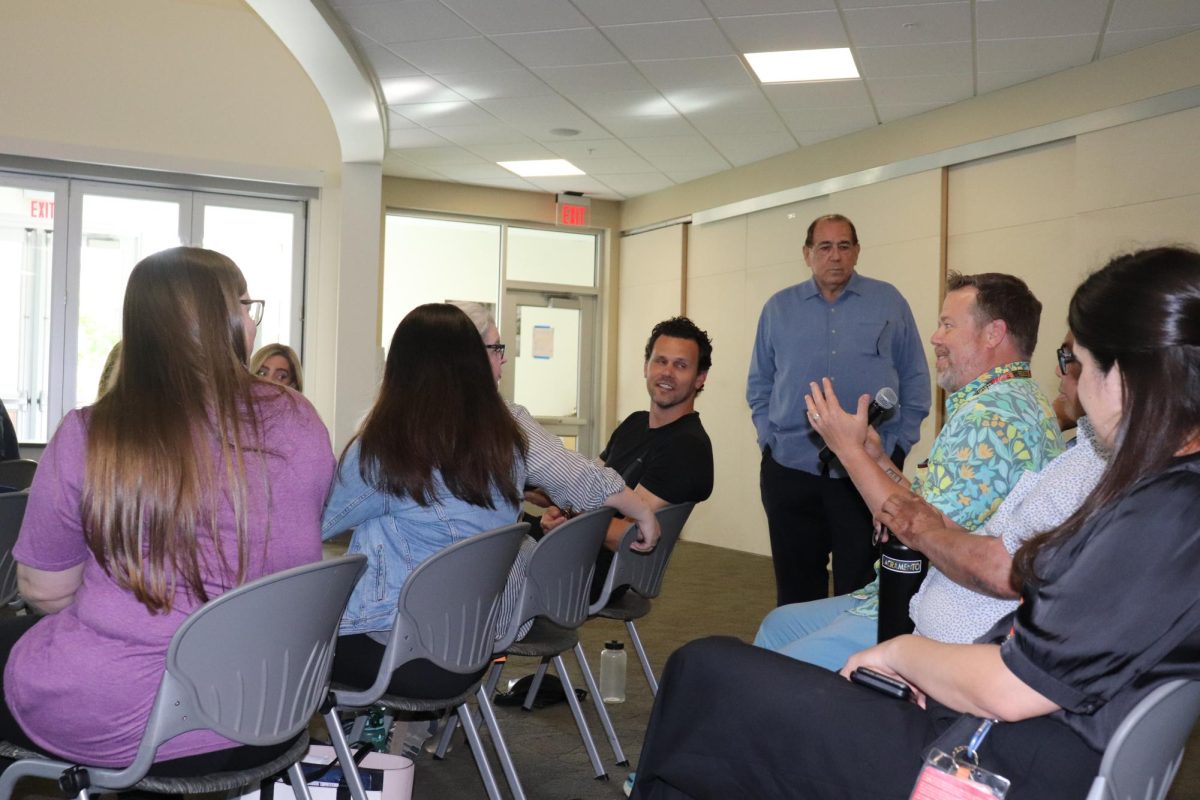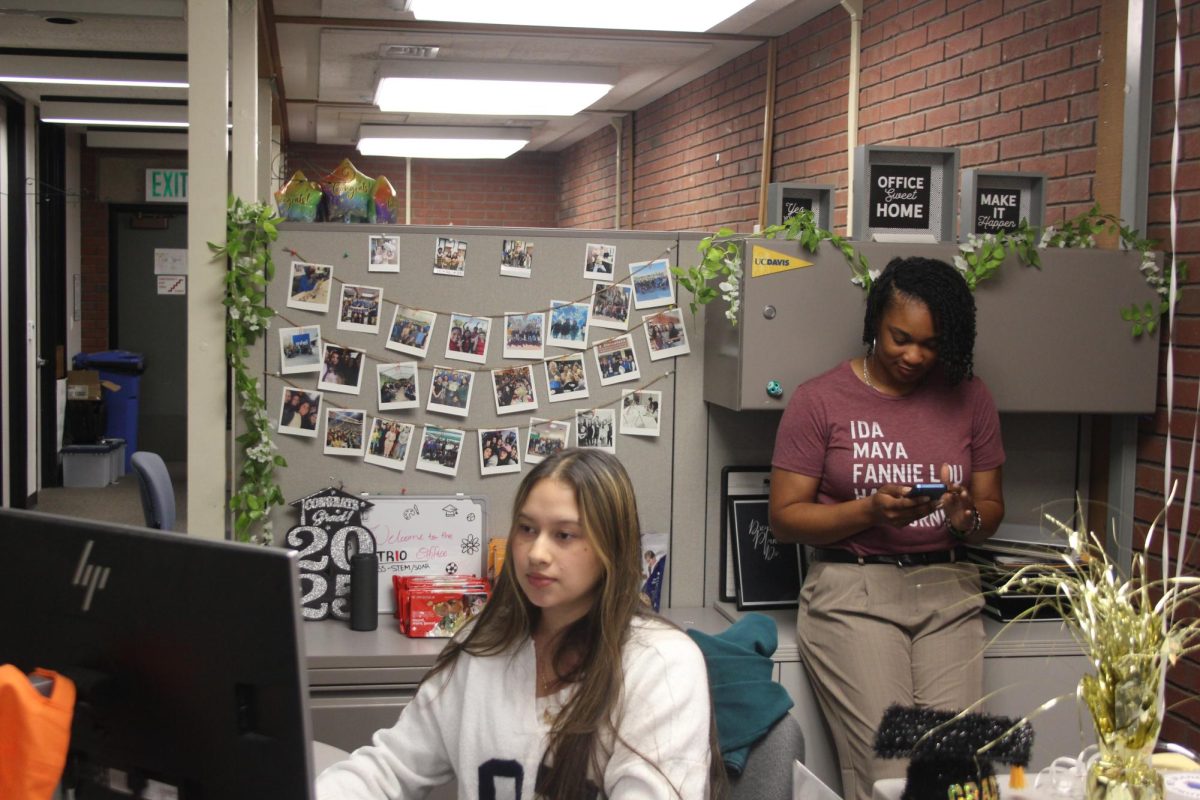Campus joins The Great American Smokeout
December 1, 2014
Organized by the American Cancer Society, The Great American Smokeout is an annual event that takes place on the third Thursday in November. This event propositions smokers to take on the challenge and make the commitment to stop smoking for at least 24 hours, according to their website.
The event, which took place on Nov. 20, encourages those who smoke to commit to not smoking for the entire day, in hopes that this resolution will have a lasting effect on them. What many may be unaware of is the immediate benefits that not smoking for just one day can have on their bodies.
“Within 20 minutes your blood pressure and pulse rate return to normal,” said Michelle Barkley, the Cosumnes River College head nurse. “In eight hours, the level of oxygen in your blood rises to normal and in 24 hours, the risk of heart attacks starts to drop.”
Barkley said that the list of health risks associated with cigarettes and other tobacco products are abundant and includes illnesses such as skin damage, mouth cancers, heart and lung disease, stomach ulcers and other respiratory problems.
Barkley also said that many individuals who smoke have a hard time trying to quit and that’s partly because cigarettes contain nicotine, a drug more addictive than heroin.
Willie Saunders, a 25-year-old music major, said he has been smoking for about eight years and hasn’t tried to quit, but said he has met several individuals who have both succeded and failed at committing to giving it up.
While Willie and others haven’t tried to quit smoking or have failed to quit, the challenge of quitting smoking can be achieved.
Tanea Jones, a peer health educator who’s been working with the health department at CRC for a little over a year, has also battled cigarette addiction.
“I smoked for maybe 10 or 11 years. I would crave cigarettes,” Jones said. “When I finally decided that I wanted to quit, I would go out to buy cigarettes with my last money and so when I knew that I didn’t have any more money for cigarettes, I would throw them out the car window as I was driving.”
After being cigarette free for almost three years, Jones said she has made it her mission to inform others of the dangers of smoking.
“I wanted to do something to help other people realize that this is a drug,” Jones said.
Jones was one of the few individuals who walked around campus passing out quit-kits filled with items like gum, toothpicks and straws to occupy their mouth instead of cigarettes.
Jones also visited the designated smoking areas all around campus to give out information to smokers during the event.
“They are not going to change in just one day. I mean, they might not even quit smoking for today but at least it will be in the back of their minds,” Jones said.
Barkley said that there’s no definitive right way to quit smoking.
“There isn’t a cookie-cutter approach to quitting,” Barkley said. “Every person needs to find that one thing that’s going to make them quit. They need to do it for themselves and they’ve got to find it in themselves to find that reason for them to quit. Once they find that and they dedicate themselves to that goal, their chances of succeeding are a lot better.”
Individuals seeking more information and assistance on how to successfully quit smoking, can visit the Health Services Department office located inside the OPS building for a more in depth consultation.





